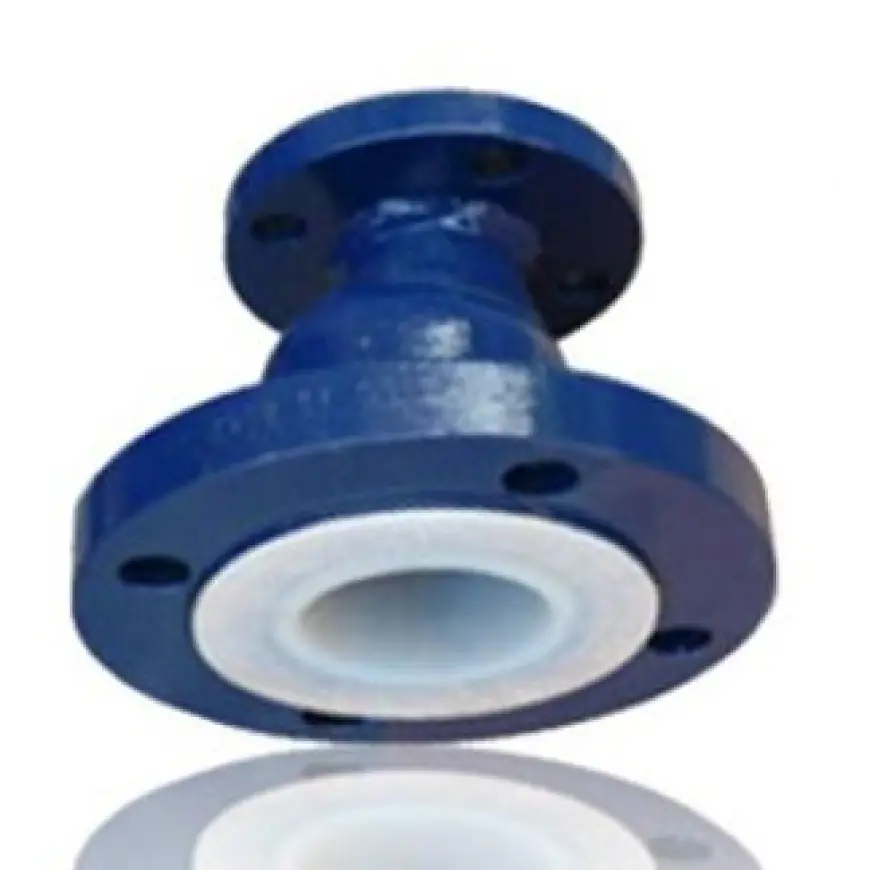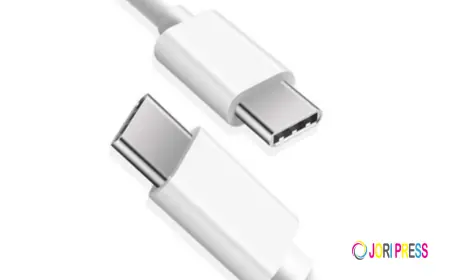PTFE Lined Concentric Reducer – Features, Benefits, and Applications
Discover the features, benefits, and applications of PTFE lined concentric reducers. Learn why these fittings are vital for chemical, pharmaceutical, and industrial piping systems.

Modern industries demand reliable piping components that can withstand aggressive chemicals, high temperatures, and corrosive environments. One such essential component is the PTFE lined concentric reducer. This fitting plays a critical role in connecting pipes of different diameters while maintaining a smooth flow and ensuring safety in corrosive applications.
In this blog, we will explore the design, properties, advantages, and applications of PTFE lined concentric reducers. We will also discuss how these reducers improve efficiency, reduce maintenance costs, and provide long-term reliability in industrial operations.
What is a PTFE Lined Concentric Reducer?
A PTFE lined concentric reducer is a specialized pipe fitting designed to connect two pipes of different diameters in a straight line. The body of the reducer is usually made from carbon steel, stainless steel, or ductile iron for strength, while the inner surface is lined with polytetrafluoroethylene (PTFE).
This lining provides exceptional chemical resistance, preventing corrosion and contamination. The concentric design ensures that the centerline of both pipes remains aligned, allowing for a smooth transition of fluids or gases without creating turbulence.
Key Features of PTFE Lined Concentric Reducer
-
Corrosion Resistance
-
PTFE offers excellent resistance to strong acids, alkalis, solvents, and other aggressive chemicals.
-
-
High Temperature Resistance
-
Can handle continuous service temperatures from -40°C to +200°C, making it suitable for a wide range of processes.
-
-
Smooth Flow Transition
-
The concentric design ensures uniform flow, minimizing pressure drop and turbulence.
-
-
Non-Stick Surface
-
PTFE lining has low friction, preventing deposits, scaling, or clogging inside the reducer.
-
-
Durability
-
Strong metallic outer shell combined with PTFE lining ensures long service life.
-
-
Compliance with Standards
-
Manufactured as per international standards like DIN, ASTM, and ANSI.
-
Manufacturing Process of PTFE Lined Concentric Reducer
-
Selection of Base Material
-
High-quality steel or ductile iron is chosen for structural strength.
-
-
Precision Fabrication
-
Reducer body is shaped to exact dimensions.
-
-
PTFE Lining Process
-
The internal surface is lined with virgin PTFE through molding or paste extrusion.
-
-
Quality Inspection
-
Each fitting undergoes hydro-testing, spark testing, and dimensional checks.
-
-
Final Finishing
-
External surfaces are painted or coated for corrosion resistance.
-
Advantages of PTFE Lined Concentric Reducer
-
Superior Chemical Resistance
-
Protects against hydrochloric acid, sulfuric acid, nitric acid, caustic soda, chlorine, and other corrosive chemicals.
-
-
Extended Service Life
-
Prevents premature failure and reduces replacement costs.
-
-
Leak-Proof Connections
-
Ensures safe handling of hazardous and toxic chemicals.
-
-
Low Maintenance
-
Smooth PTFE lining reduces scaling, eliminating frequent cleaning.
-
-
Operational Efficiency
-
Uniform flow transition reduces energy loss and pump strain.
-
-
Cost-Effective
-
Though the initial cost is higher, the long-term savings on maintenance and downtime are significant.
-
Applications of PTFE Lined Concentric Reducer
PTFE lined concentric reducers are used in industries where corrosion resistance and cleanliness are critical. Some applications include:
-
Chemical Processing: Safe transfer of acids, alkalis, and solvents.
-
Pharmaceutical Industry: Ensures contamination-free flow of chemicals.
-
Food & Beverage: Used where hygienic, non-reactive surfaces are required.
-
Power Plants: Handles corrosive cooling fluids and chemicals.
-
Petrochemical Industry: Used in transporting aggressive hydrocarbons.
-
Water Treatment Plants: Ensures resistance against chlorine and other disinfectants.
-
Pulp & Paper Industry: Handles bleaching agents and other corrosive chemicals.
PTFE Lined Concentric Reducer vs. Eccentric Reducer
| Feature | Concentric Reducer | Eccentric Reducer |
|---|---|---|
| Design | Aligns both pipe centerlines | Offsets centerlines |
| Application | Used in vertical piping and pump suction | Prevents air pockets in horizontal flow |
| Flow Behavior | Smooth and uniform | May reduce turbulence in horizontal flow |
| Preferred Use | For vertical lines and pressurized systems | For horizontal lines to avoid cavitation |
While both types are essential, concentric reducers are the preferred choice for systems where vertical flow and balanced pressure are crucial.
Installation Guidelines for PTFE Lined Concentric Reducer
To ensure proper performance, follow these installation tips:
-
Check Dimensions
-
Ensure reducer dimensions match the pipeline specifications.
-
-
Use Proper Gaskets
-
Use PTFE or compatible gaskets for leak-proof sealing.
-
-
Avoid Over-Tightening
-
Excessive torque can damage the PTFE lining.
-
-
Maintain Alignment
-
Keep pipes aligned to avoid unnecessary stress on the reducer.
-
-
Regular Inspection
-
Inspect periodically for wear, cracks, or damage.
-
Quality Standards and Certifications
Most PTFE lined concentric reducers are manufactured under strict standards such as:
-
ASTM D4894 / D4895 for PTFE materials
-
DIN 2848 and ISO 10931 for design
-
ANSI B16.5 / B16.47 for flange dimensions
-
NACE MR0175 for corrosion resistance compliance
These certifications ensure that the product delivers safety, reliability, and consistency in industrial applications.
Why Choose PTFE Lined Concentric Reducers?
-
Ideal for corrosive and hazardous environments.
-
Maintains long-term efficiency and safety.
-
Provides cost savings by reducing downtime.
-
Compatible with a wide range of industrial standards.
When selecting PTFE lined reducers, always ensure they are sourced from reputed manufacturers and suppliers with proven expertise.
Conclusion
A PTFE lined concentric reducer is more than just a pipe fitting – it is a critical safety and efficiency component in industries handling corrosive chemicals and high-temperature applications. With superior resistance to corrosion, smooth flow transition, and long service life, these reducers are essential in chemical, pharmaceutical, and petrochemical plants worldwide.
Choosing high-quality PTFE lined concentric reducers ensures operational reliability, reduced maintenance costs, and long-term sustainability. For industries where performance and safety cannot be compromised, PTFE lined reducers remain the go-to solution.
What's Your Reaction?
 Like
0
Like
0
 Dislike
0
Dislike
0
 Love
0
Love
0
 Funny
0
Funny
0
 Angry
0
Angry
0
 Sad
0
Sad
0
 Wow
0
Wow
0


















































